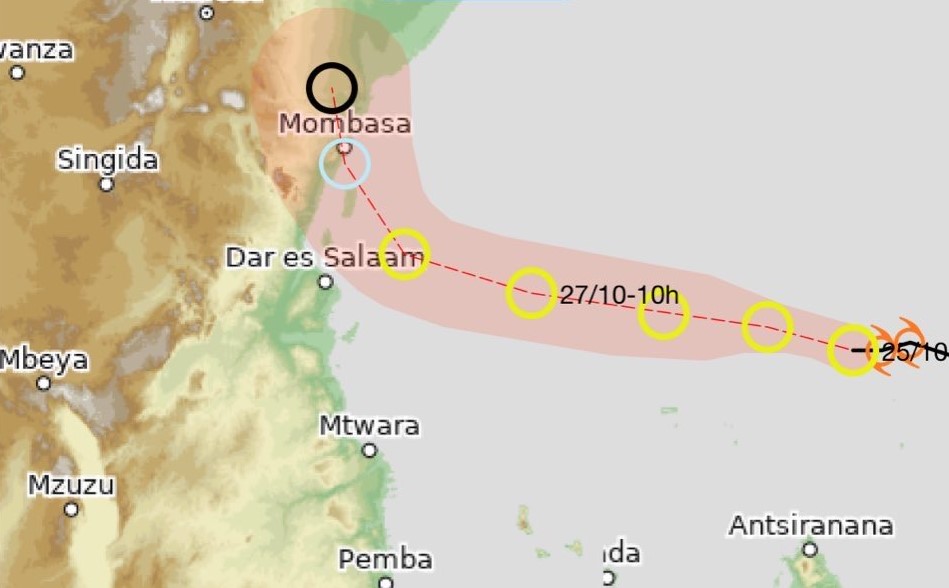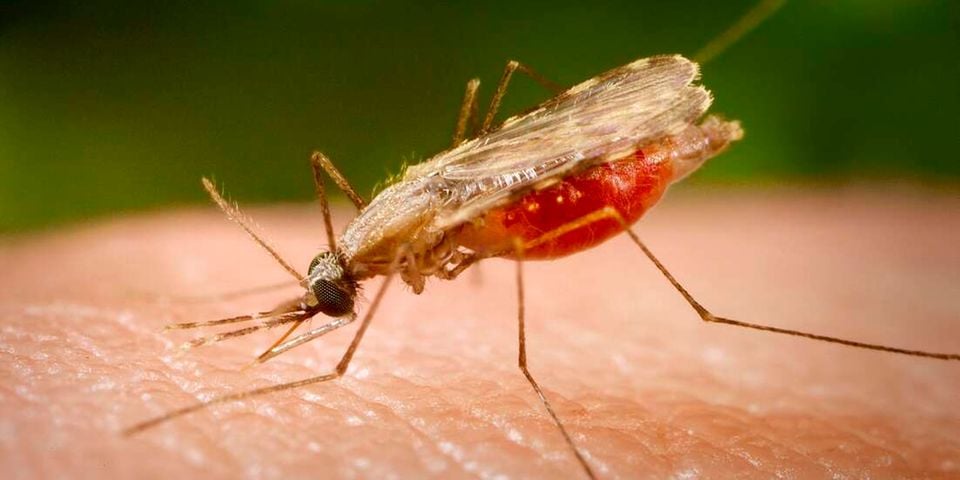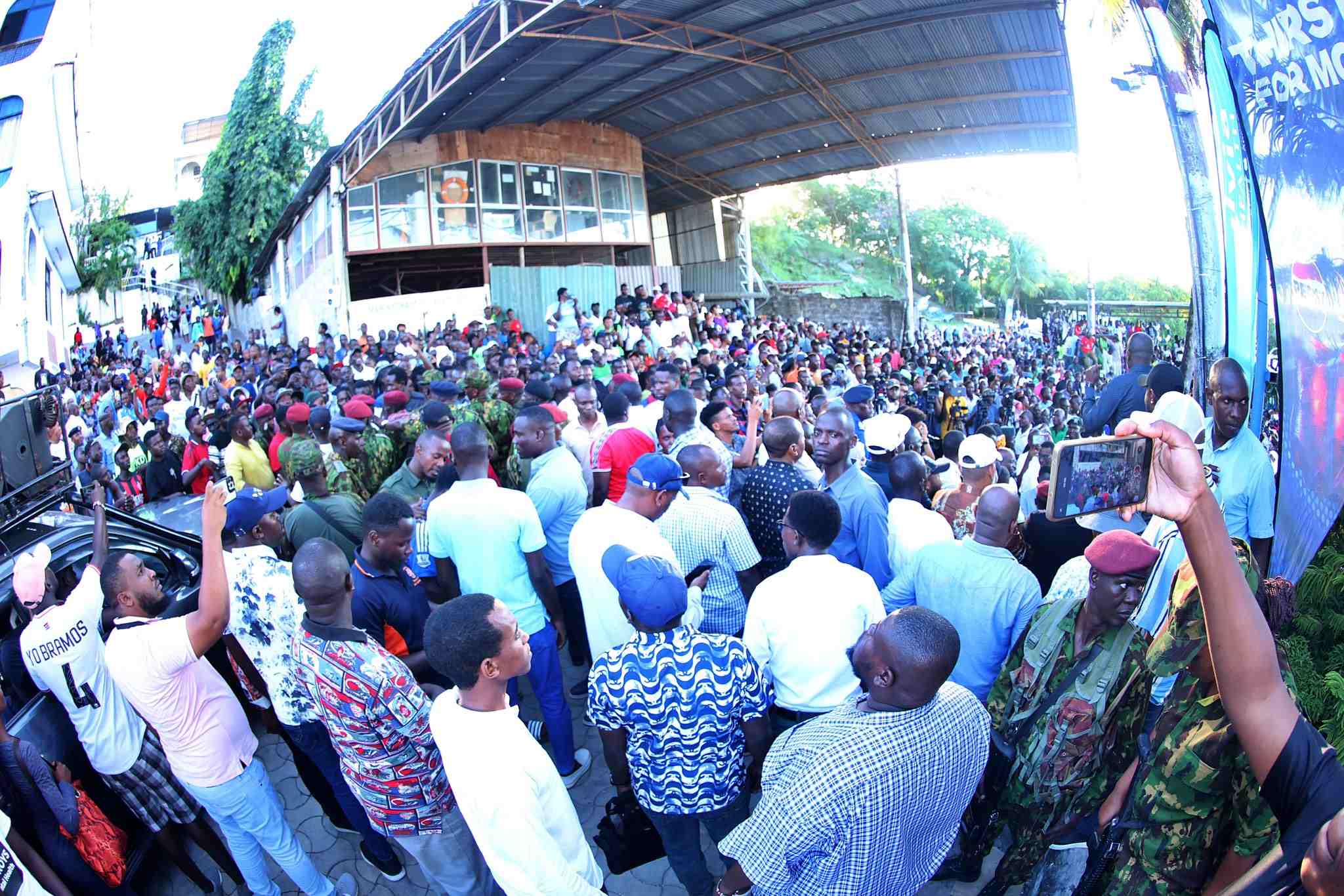Kenya sees 41.9 per cent drop in cybercrime incidents in Q1 2024/25

The Communications Authority of Kenya reports that the number of cyber threats dropped by 41.9 per cent to 657.8 million from 1.13 billion in the previous quarter.
Cybercrime in Kenya saw a notable decline in the first three months (July - September) of the 2024/25 Financial Year, according to the latest sector statistics report by the Communications Authority of Kenya (CA).
The Authority reports that the number of cyber threats dropped by 41.9 per cent to 657.8 million from 1.13 billion in the previous quarter.
More To Read
- Sixty-five nations sign first UN treaty to fight cybercrime, in milestone for digital cooperation
- Interpol operation against terror financing nabs 83, including two online recruiters in Kenya
- Activist files petition challenging Cybercrimes Act 2024 over free speech fears
- Activist petitions IEBC to prove security of election systems amid spyware, AI threats
- CBK launches new cybersecurity centre to combat rising financial sector threats
- Interpol shares key advice to tackle cyber threats
The decline is primarily attributed to heightened security measures and a significant surge in the number of counter advisories issued by relevant authorities, marking a promising shift in the nation's battle against cybercrime.
For instance, CA says in response to these threats, the National KE-CIRT/CC issued 9.6 million advisories in the quarter under review.
This is from 9.3 million issued in the previous quarter, representing a 2.5 per cent jump in advisory activity.
The National KE-CIRT/CC is a government-established body responsible for coordinating responses to cybersecurity incidents and managing cyber threat intelligence in the country.
On the other hand, cyber threat advisories refer to official alerts or warnings issued to inform the public, businesses, or specific industries about potential or active cyber threats.
They often provide information about newly discovered vulnerabilities, ongoing attacks, malicious activities, or emerging cyber threats, and comprise recommendations on how to mitigate risks, update security measures, or protect systems.
Ideally, cyber threat advisories can be issued both before and after an attack, depending on the situation.
DDOS attacks
Notably, the decline in cybercrime incidence in the review period was fueled by a substantial decline in the Distributed Denial of Service (DDOS) attack category, which recorded a 75.1 per cent decline from 7.3 million threats in the previous quarter to 1.8 million.
DDOS refers to a type of cyberattack where multiple systems are used to flood a target, usually a website or server with an overwhelming amount of traffic, causing it to become slow, unresponsive, or completely unavailable.
The system Vulnerabilities category recorded the second-highest decline during the quarter, at 45.2 per cent.
It recorded 583.7 million threats, down from 1.06 billion in the previous quarter.
Brute Force Attacks, Mobile application attacks, Web Application Attacks and Malware categories all recorded an increase in the number of threats during the period.
This by 42, 18.5, 18.6 and 6.1 per cent, respectively.
Overall, the Authority exhibited a positive picture of the general sector during the review period, saying the telecommunications sector demonstrated overall growth.
"Mobile SIM, machine-to-machine (M2M), mobile money and broadband subscriptions all grew, reflecting the sector's continued expansion and adaptation to consumer demands," CA said.
"While 3G broadband subscriptions and data consumption declined, the adoption of 4G and 5G technologies increased, highlighting a shift towards higher-speed networks."
It thus says the country is poised for significant advancements in both 4G and 5G uptake which is driven by the continued investments and increased consumer demand for high-speed connectivity.
Top Stories Today














































